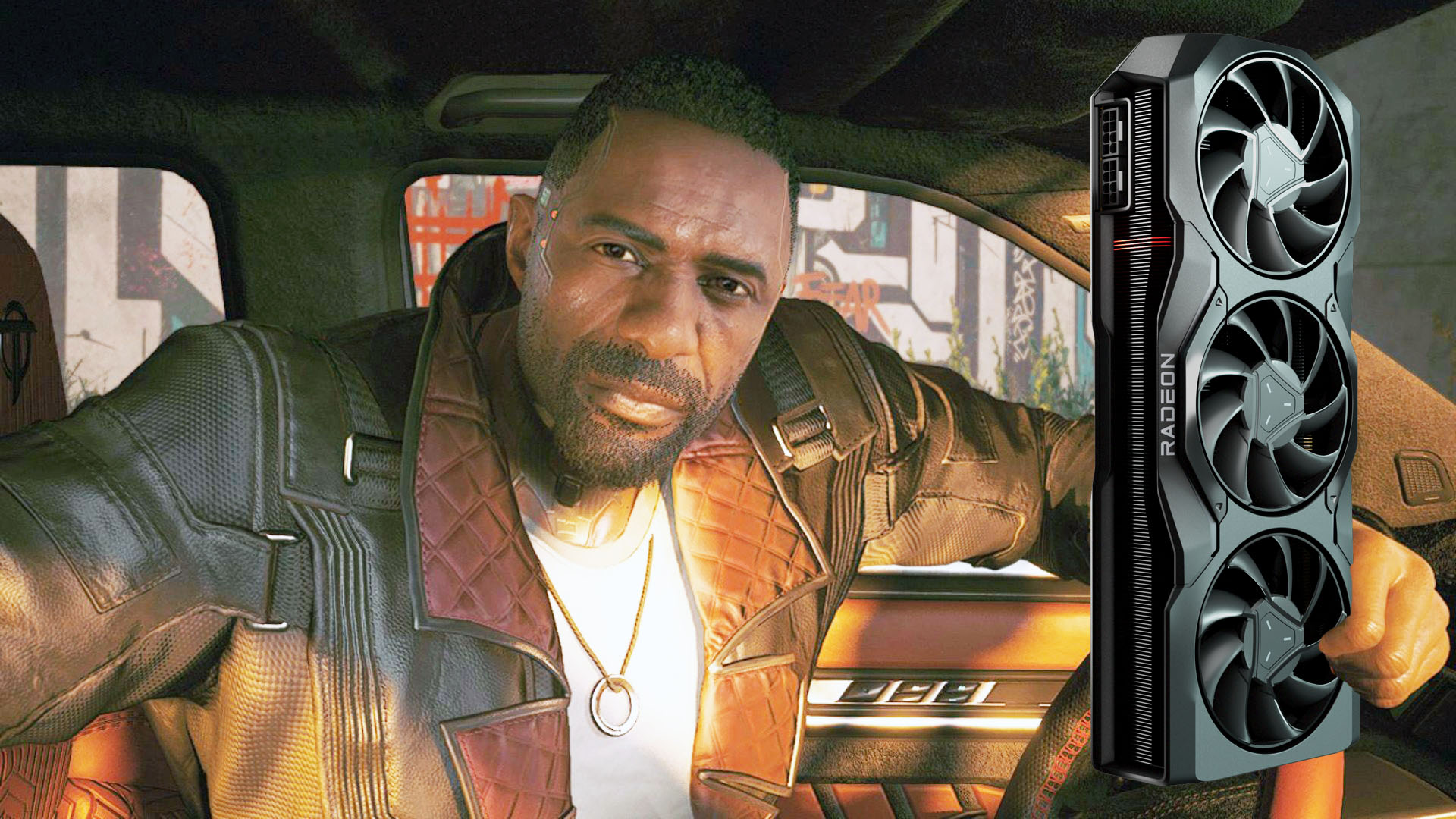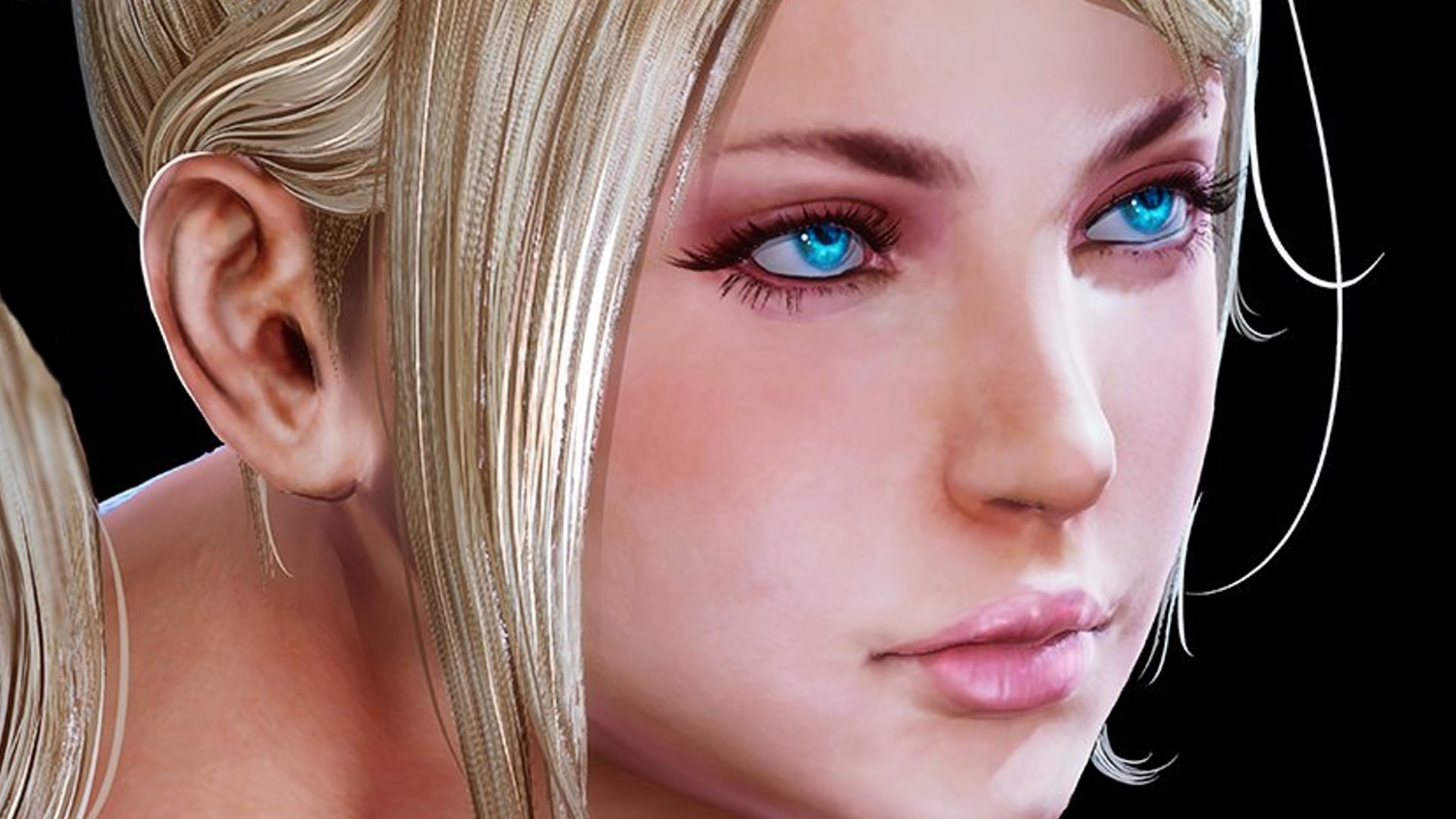I tried the new Cyberpunk 2077 update, and it’s a game changer for AMD

We may earn a commission when you buy through links in our articles. Learn more.
The latest update for Cyberpunk 2077 contains a new feature that makes an enormous difference to the game’s performance on AMD Radeon GPUs, and indeed any modern GPUs that aren’t Nvidia GeForce RTX models. It’s called FSR 3 frame generation, and I’ve just tried it out on my aging AMD Radeon RX 6950 XT. The difference is astounding, making all the difference between the game being smooth and unplayable.
Although you’ll find a few AMD GPUs on our best graphics card guide, they struggle to keep up with Nvidia’s latest GPUs when it comes to ray tracing, where you get cinematically realistic lighting, creating amazing shadows and reflections. There are some games that AMD GPUs can already handle with ray tracing, including Resident Evil Village, but Cyberpunk 2077 has been a big thorn in AMD’s side, until now that is.
I’ve been using a Radeon RX 6950 XT as my gaming GPU for over two years now, and it handles Cyberpunk 2077 without ray tracing pretty well. Even at the Ultra preset, it will quite happily run the game at 83fps if you leave the ray tracing settings alone. Add ray tracing to the mix, though, and it suddenly becomes a stuttering, crawling mess. Even at 1080p with just the Medium ray tracing preset, it drops down to an average of 49fps.
As you can imagine, I was quite excited to hear that the game was finally going to introduce AMD’s FSR 3.0 frame generation tech, and I’m pleased to report back that it makes an incredible difference to performance on my Radeon RX 6950 XT system (with a Core i7 14700K, and 32GB of RAM), which was used to gather all the results in the graph below. Rather than using the in-built benchmark, I’ve run a repeatable 60-second drive around Night City, which I’ve found provides more realistic performance figures than the in-built benchmark.
The introduction of FSR 3.0 upscaling and frame generation has a profound impact on frame rates. At 1,920 x 1,080 at the Ultra ray tracing preset, and with FSR 2.1 on the quality setting, the game only averages 68fps with a 52fps 1% low minimum measurement. Add FSR 3.0 upscaling on the quality setting, and enable frame gen, and these figures rocket up to 131fps and 101fps respectively.
I’ve put up a screenshot of the game running at 145fps at these settings on my system below. That’s genuinely super-smooth gameplay with ultra ray tracing on a last-gen AMD GPU, though admittedly a very high-end one.
The big difference for me comes at 2,560 x 1,440, where the game used to only average 45fps with FSR 2.1 on the Quality setting, but it now averages 87fps with FSR 3.0 frame gen engaged. This game is now genuinely playable when upscaled to 2,560 x 1,440 with Ultra ray tracing.
Sadly, frame gen still doesn’t give me enough power to play the game smoothly at 4K, where it goes from an average of 30fps to 44fps. At these settings, you could see occasional flickery white glitches popping up in the game too, as the starting frame rate wasn’t high enough for AMD’s frame-gen tech to correctly predict the extra frames. I didn’t notice these issues at all at the lower resolutions, however.
It’s not perfect. The game still looks slightly better with DLSS Super Resolution than it does with the FSR 3.0 upscaler, and you can see shimmering around the edges of grass and roads with FSR enabled. I’d much prefer to see AMD’s superior FSR 3.1 tech introduced as the upscaler in this game to improve image quality. Irritatingly, I was also unable to run the game in exclusive full-screen mode when I enabled frame generation, and had to run it in a borderless window instead, but the option reappears once you disable it.
Also, if you really want to play Cyberpunk 2077, I’d absolutely recommend buying an Nvidia GPU over an AMD one, as the ray-tracing performance is so much better – you can even run the full path-tracing mode on a decent Nvidia GPU with some help from frame generation, which my Radeon RX 6950 XT can’t do at all, even at 1080p. Plus, Nvidia DLSS 3.5 also supports ray reconstruction in the game at minimal performance cost, which looks fantastic.
If you already own a non-Nvidia RTX GPU, though, and you want to properly jump into Cyberpunk 2077 with amazing visuals, this new update is a literal game changer. The image-quality might not be perfect, but the reflections at the Ultra ray tracing preset still look amazing, and the frame rate is now playable. I can now run the game at the Ultra ray tracing preset at 2,560 x 1,440, and it looks the business. Thank you, CD Projekt Red, for making it happen.
If you haven’t played this game yet, check out the Cyberpunk 2077 system requirements to see if your PC can run it, and also take a look at our Cyberpunk 2077 Phantom Liberty review, where we gave the latest instalment (which has the bonus of having Idris Elba in it) a score of 9/10.



